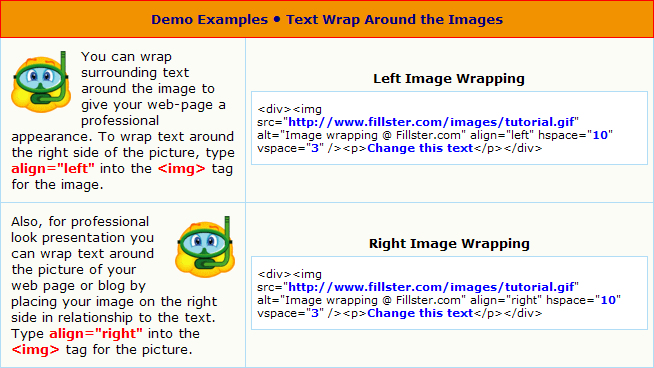

This is because of the availability of themes accessible through CMS systems like WordPress, the preferred tool of SlyFox. The average new website uses responsive website design. moment I am setting body text boxes to shrink text on overflow and wrap text. While adaptive sites can use coded elements to scale more fluidly, the site’s elements can jump around as the window resizes. options are recommended for best practice and responsive design. 0 will disable responsive typography, and 1 is maximum. When making the site, the developer needs to pay particular attention to the visual hierarchy of the design as it shifts around. Step 1 Adjust the Responsive Typography Sensitivity by dragging the slider to fit your needs. Responsive sites shuffle content so that it fluidly fits the device window. For sites that work for the future, though, responsive has the edge – and will only get more and more popular. That is reasonable, because otherwise the text would. Many designers will use responsive designs when making new projects from scratch and adaptive designs when retrofitting an older site. For example, lets say you have a website where you publish a lot of articles with images, so you use text wrapping a lot. Websites always have some space left over at the left and right of the screen.
Which is the better option: a responsive or adaptive design? The ideal choice often comes down to the website you have (or don’t have). In order to have the text wrap along the right side of the image, you have to align the picture to the left:Your text goes here.
The designers have chosen and developed a different layout for the phone’s screen rather than using a design that rearranges itself to fit the smaller screen size. It uses style definitions for white-space and word-break. Using it in justified text might lead to a oversize word spacing. This means that the layout the user sees on their smartphone is different from the layout on their desktop. This solution works good with text aligned flush left or right. However, they also include JavaScript-based enhancements to make use of “progressive enhancement,” changing the site’s HTML markup to the device’s capabilities. Resize the browser window to see how the font size scales. If the viewport is 50cm wide, 1vw is 0.5cm.


It’s normal for an adaptive website to have six designs for the six most common screen widths: 320, 480, 760, 960, 1200, and 1600 pixels.Īdaptive designs include the CSS media queries of responsive design. The text size can be set with a vw unit, which means the 'viewport width'. After detecting the available screen space, it selects and pulls up the layout that best fits the device. Also handles changes so if you resize or flip or whatever it all just works. This module is pretty straightforward: You specify a set of requirements, and the children will be rendered if they are met. The best supported, easiest to use react media query module.

Users can access and enjoy your site as much on their handheld devices as on a large monitor.Īs opposed to a single, static page that reorders or resizes the content, adaptive designs use several versions of a web page. Media queries in react for responsive design. When complete, the design, content, and user interface should all respond and adapt seamlessly to any browser window or device. CSS3 and HTML can make good use of this feature.Ī responsive website is only one site. Responsive websites use media queries, a CSS3 module allowing content rendering to adapt to conditions such as screen resolution, to target the breakpoints that scale images, wrap text, and adjust the layout. The placement of web design elements is adjusted to fit the screen space, whether it’s a desktop, a laptop, or a mobile device like a smartphone or tablet. What are the major differences between responsive and adaptive design, and how does each one improve the user experience of your website?Ī responsive site uses one layout for a web page this layout then “responds” to the user’s screen size. While these two options sound similar, there are differences, benefits, and drawbacks. They use adaptive and responsive designs to meet this challenge. How do developers make sure the site scales to every device possible? From huge desktop monitors to the little screens of smartwatches, people can access information in more ways than ever. But this is not a perfect solution either – Tables with a lot of columns are going to look extremely confusing with a lot of extra rows.Website designers and developers have to build their products with a wide range of screen sizes in mind. The cells will automatically wrap into new rows, making things a little more legible. Thereafter, set the max number of cells per row grid-template-columns: auto auto auto.


 0 kommentar(er)
0 kommentar(er)
